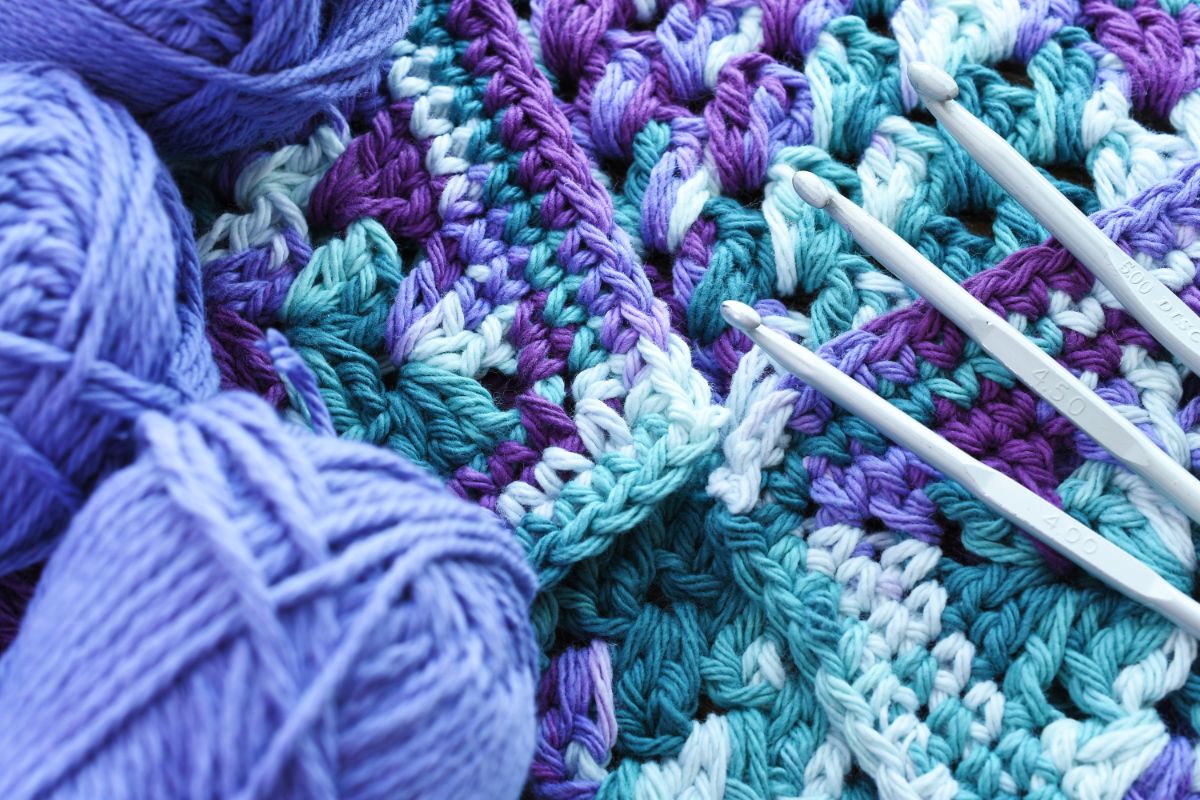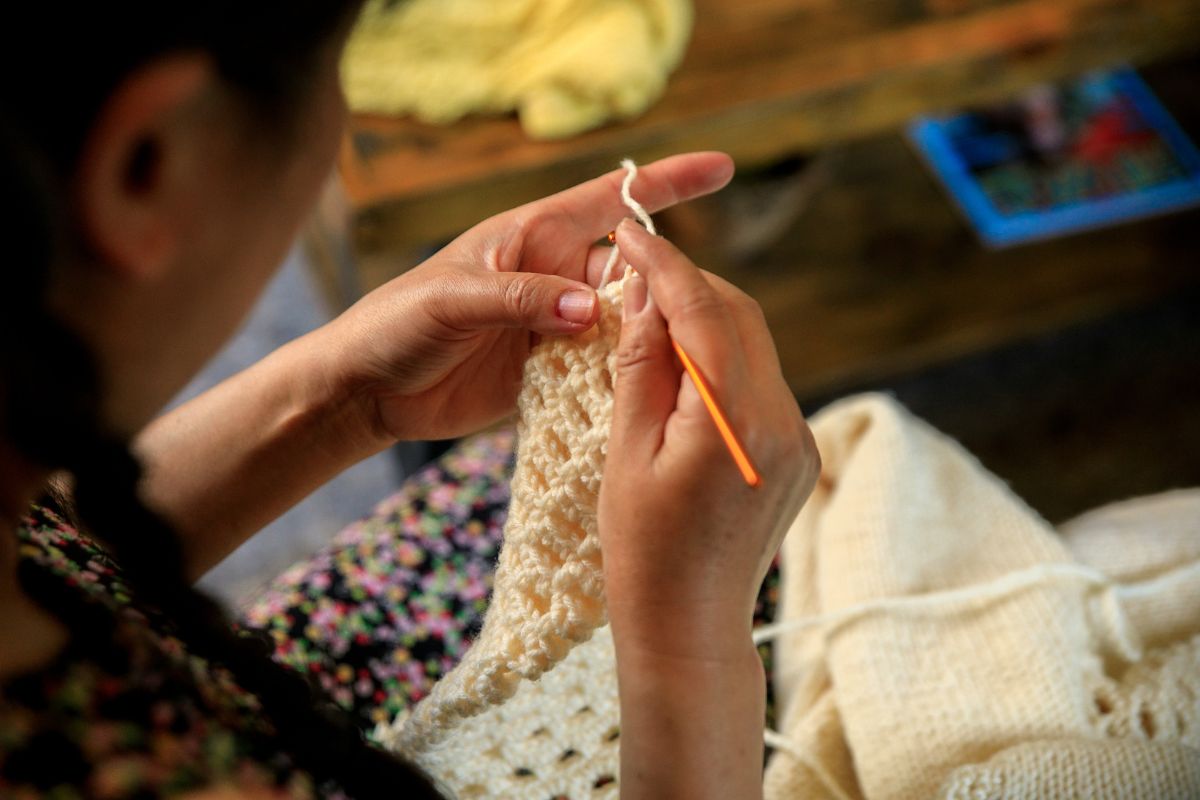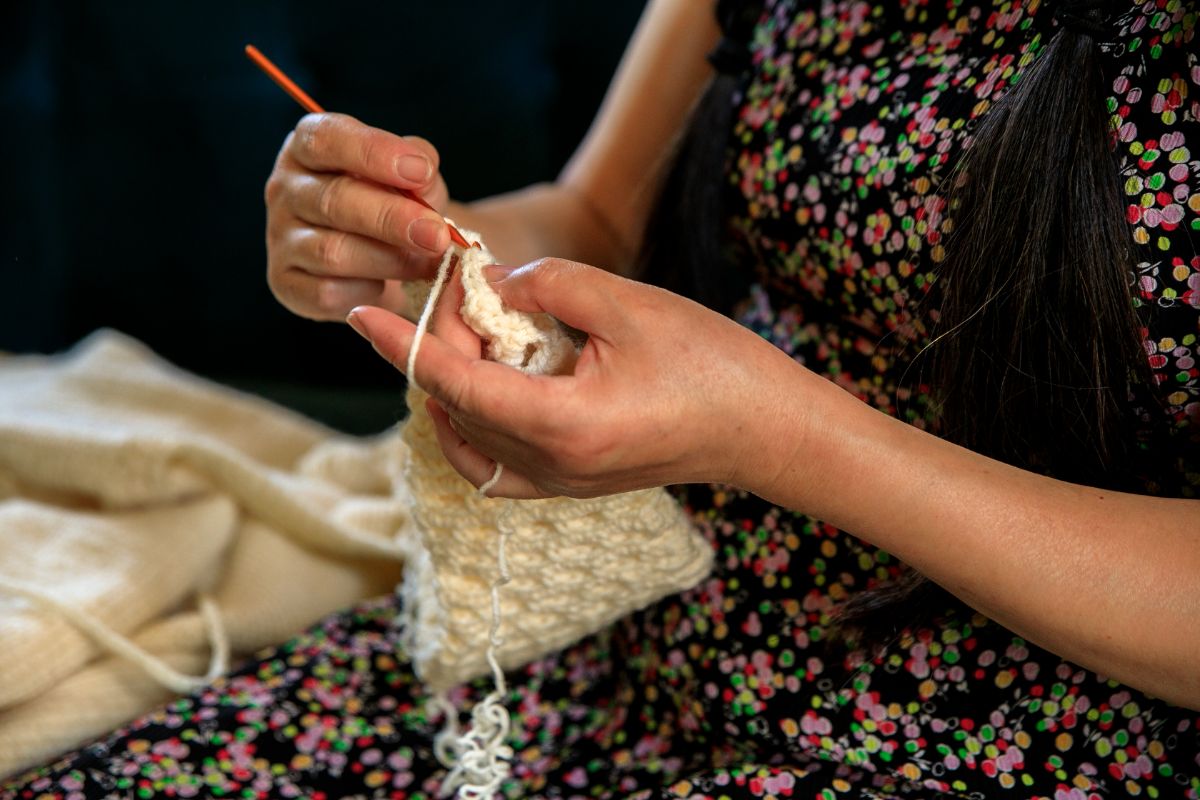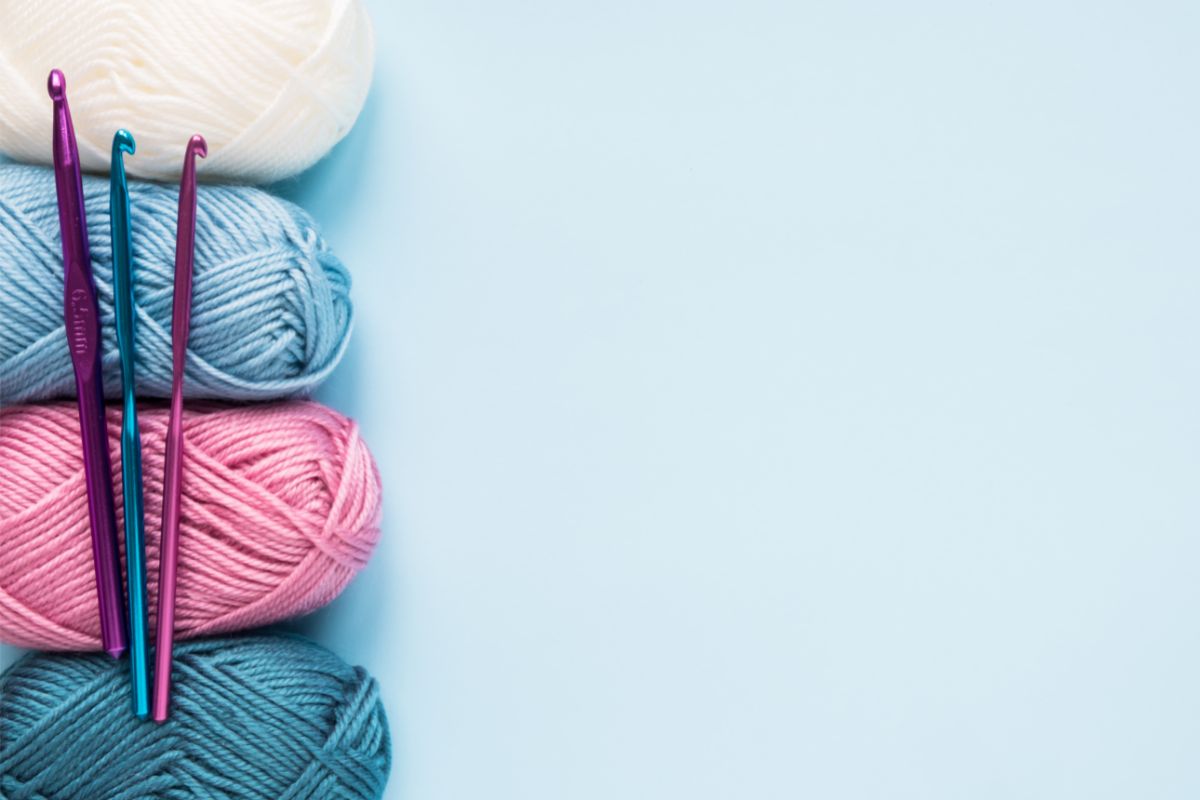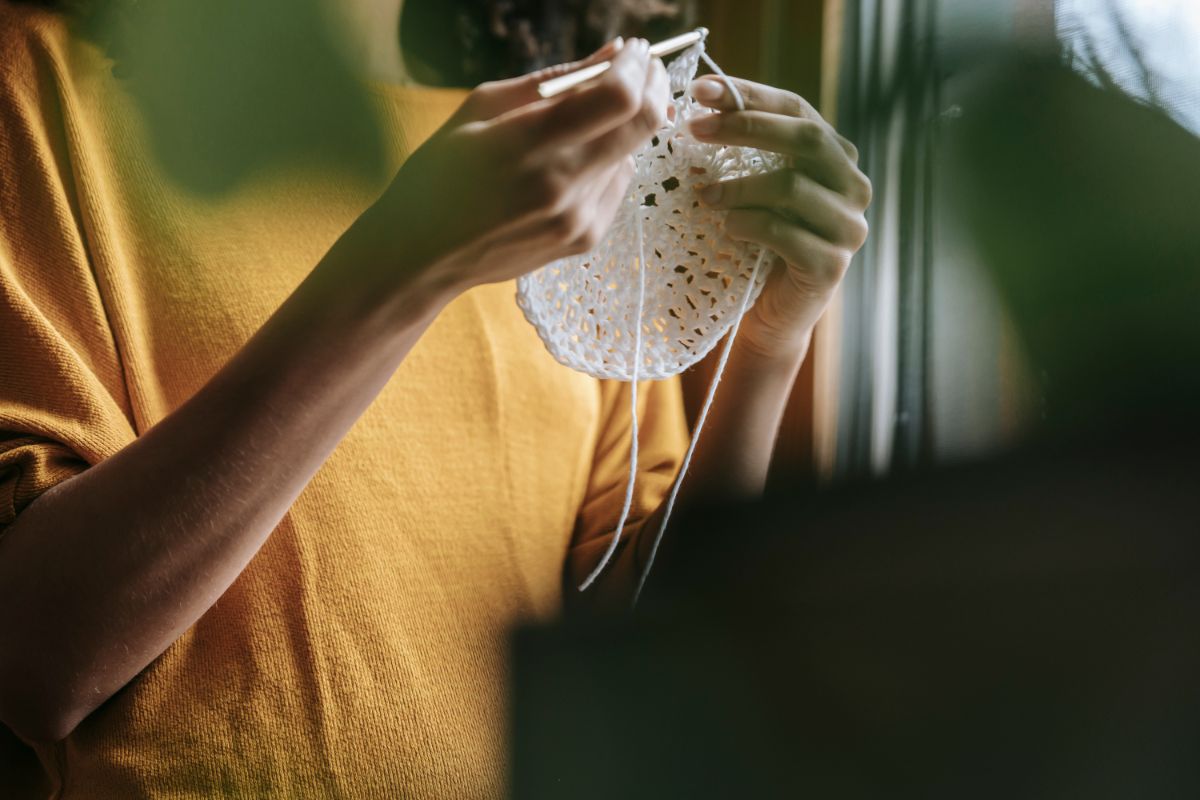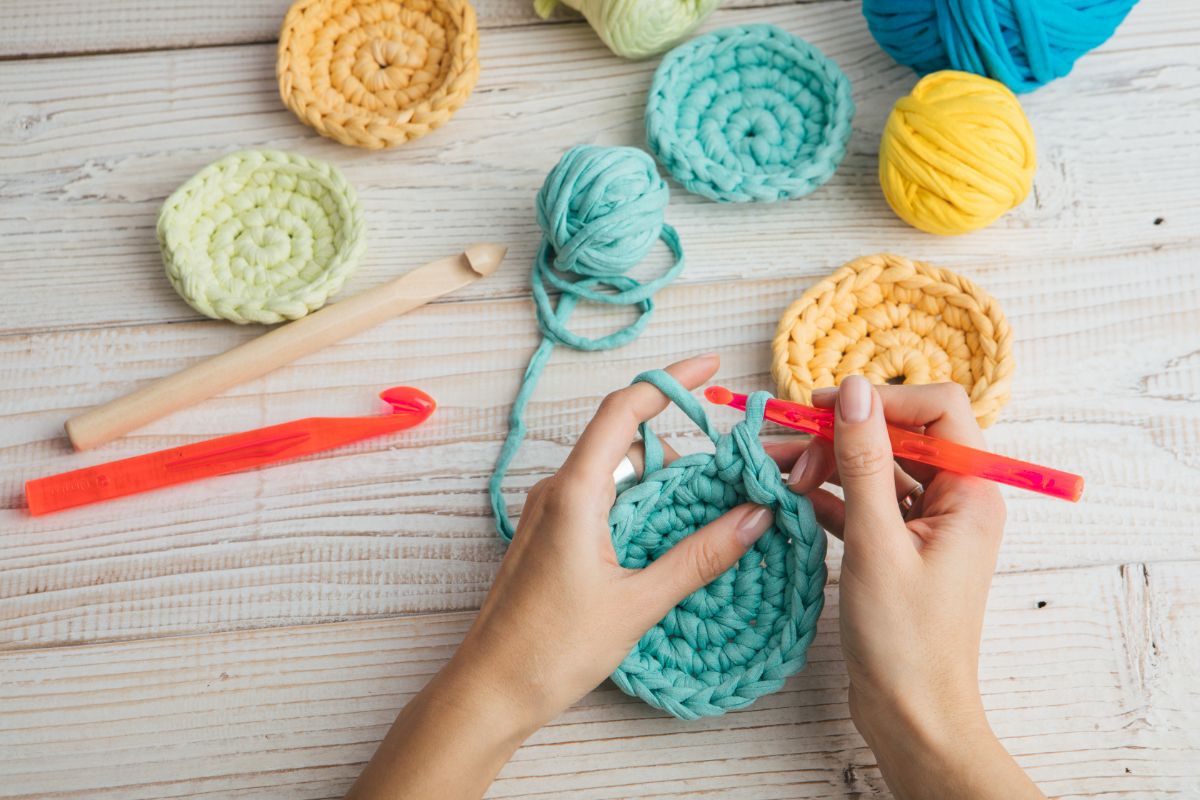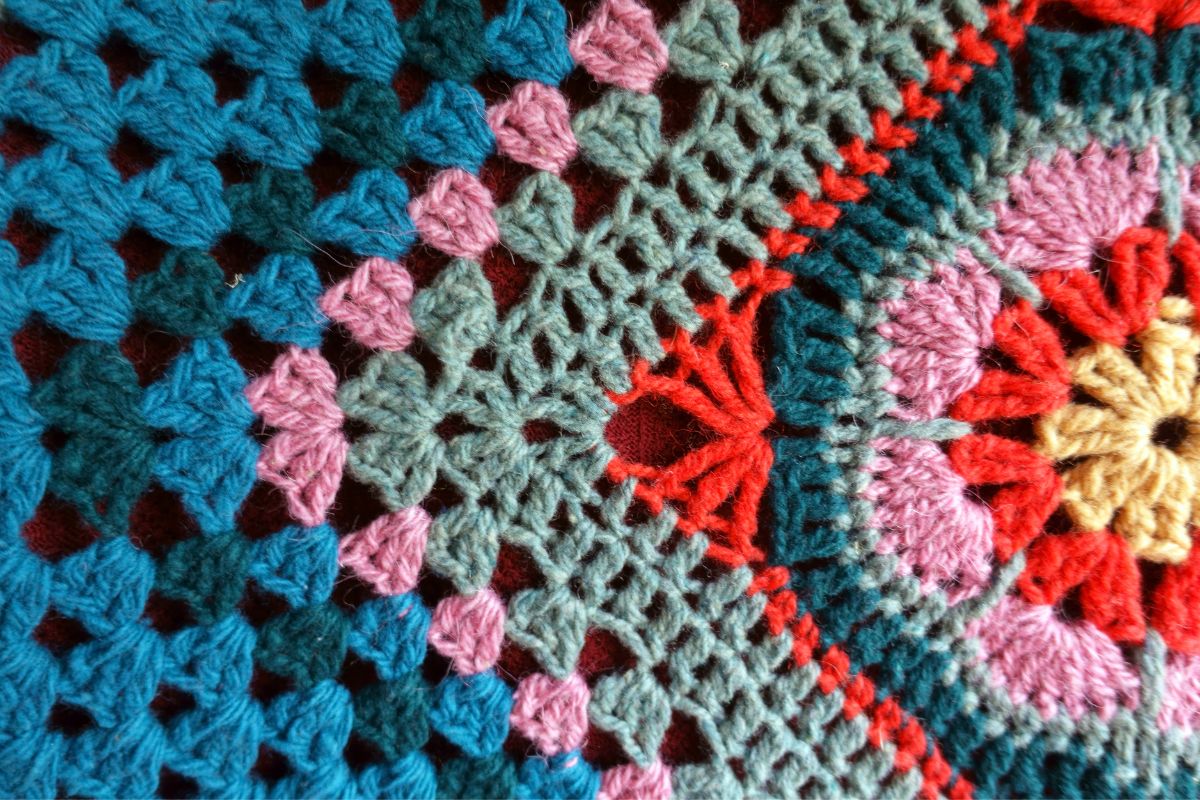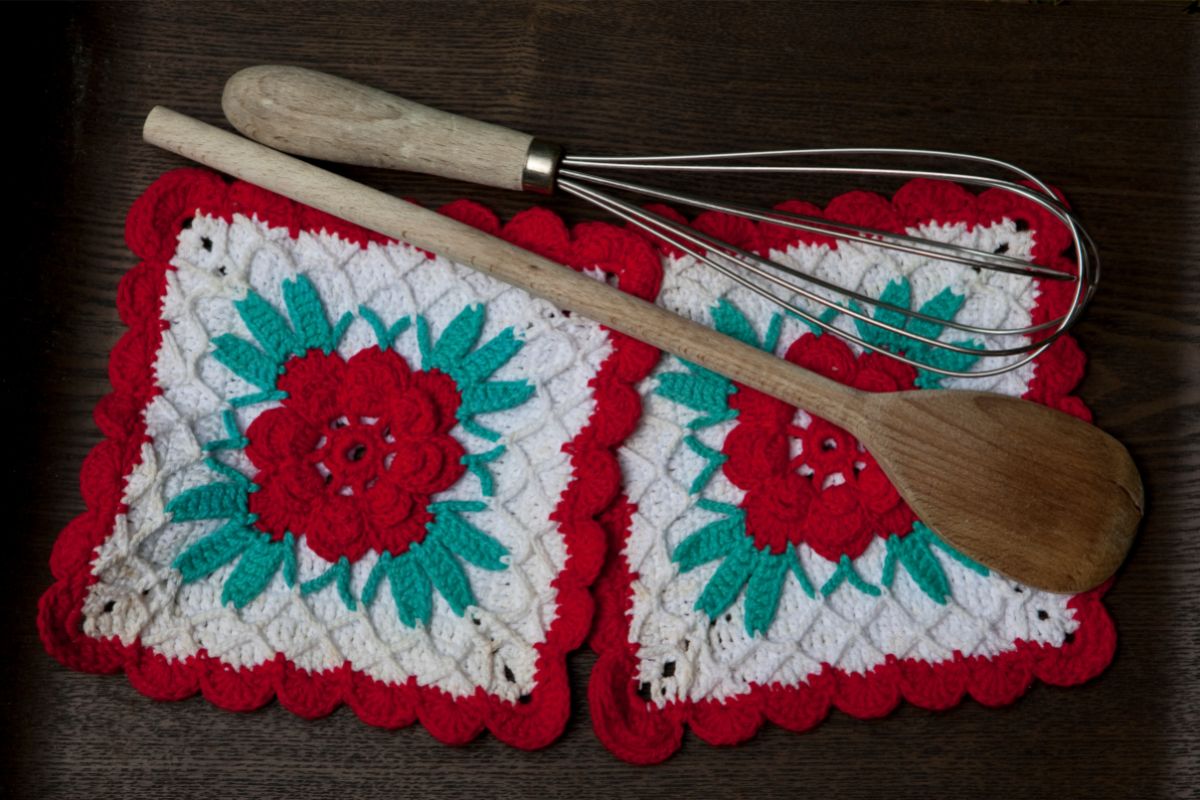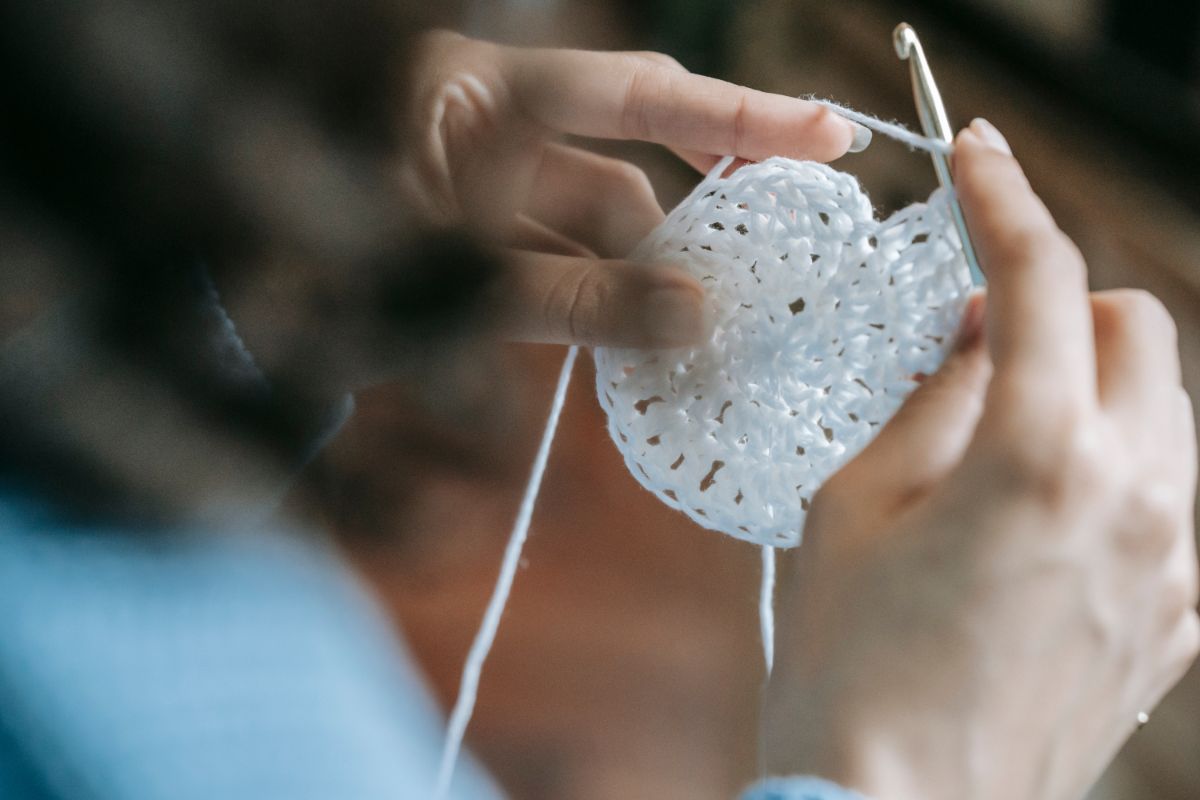Crochet can be an awesome hobby, and with all our tutorials and tips you are sure to be making amazing projects in no time. However, there are some tricky things to learn, and while many patterns are easy enough, not all are.
A regular challenge for many people is how to skip stitches. Luckily as a beginner, you should not need to skip stitches very often, but it is useful to learn for future projects.
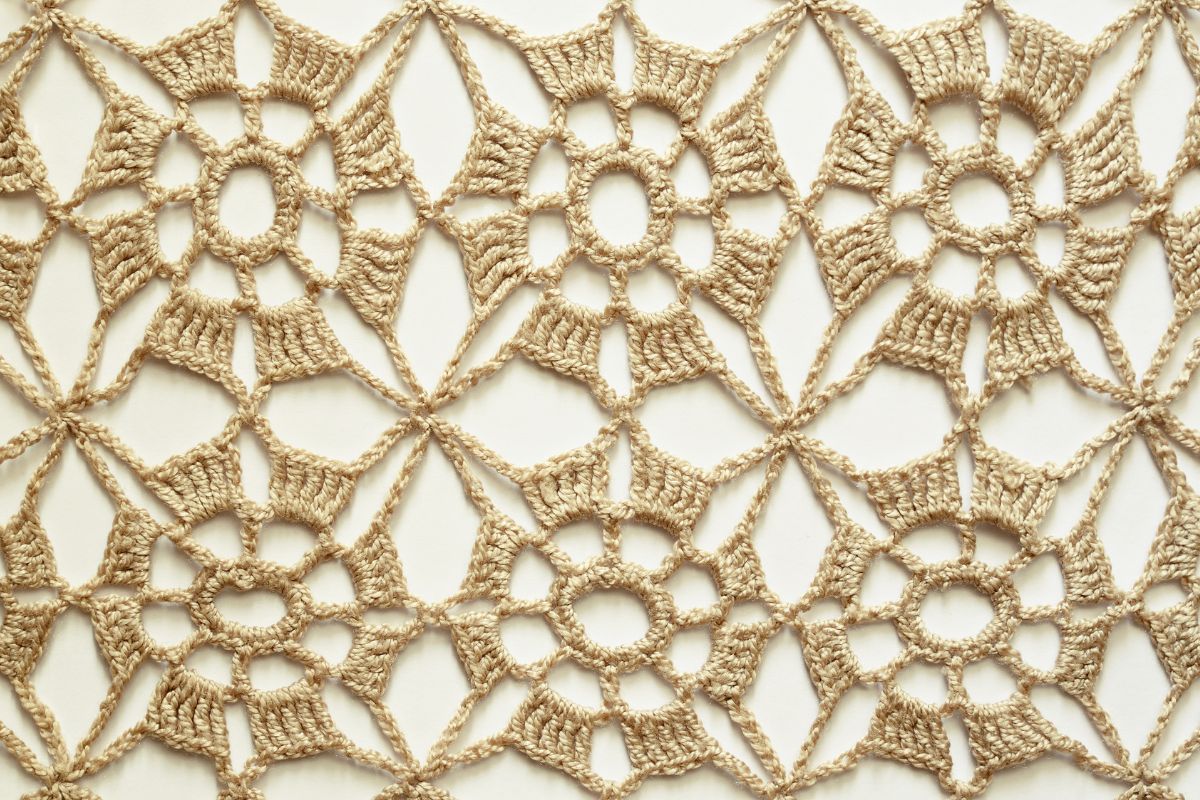
Today we will provide you with a full guide on how to skip stitches, and how you can work this into projects. It is also important to know what it is used for and to understand the jargon too!
Want to know how to skip stitches? Stick around!
Why Use A Skip Stitch?
Understanding why you may wish to skip a stitch is the first step. The concept is often confusing to beginners, skipping stitches can have dire consequences for a final project.
However, there are also plenty of occasions when skipping a stitch is a good idea, and actually helps the project.
Let’s understand when you will need to skip a stitch in crochet.
Lacy Designs
Lacy designs are one of the most prominent reasons for skipping stitches in crochet. Skipping a stitch in a lacy design can produce an elegant and flowing pattern, which can change the whole look of your piece.
This is often why many patterns that want a wavy effect then often work skipping stitches into the pattern instructions. It will often tell you to miss a stitch you did in a previous row or miss a stitch every now and again.
This is normal for lacy designs and adds to their beauty.
Buttonholes
Another very common reason is buttonholes, which are also very practical. This can be seen on some mittens, cardigans, and so on.
Good patterns will typically advise you on exactly where you should miss a stitch, it will tell you to miss a stitch you did previously, it is not a mistake, it is there for you to add in your button(s).
Interestingly there is another argument that this is simply just a wave pattern that has a purpose that is significantly more practical. However, it is worthwhile noting that this would also be how you would produce a buttonhole as well.
Faster Process
Sometimes skipping a stitch or two can cut down on the overall time you spend stitching, so it can also be used for this reason. However, it is not recommended that you do this for all projects.
Some projects do not benefit from you skipping stitches, and it can actually end up doing harm to some pieces to do this.
However, in other projects, effectively missing out on some chains you would usually add you can save time.
More Texture
Sometimes if you skip a stitch in crochet it can change the texture of the piece, in some cases this can be a negative change, however, in other cases, it can be positive.
This is often the case for crochet with double-crocheted patterns, wherein the increased depth of an item allows for the change in texture to enhance the project overall.
Abbreviations To Be Aware Of
Now that we know why you may wish to skip a stitch in crochet, it is time to look into how you can do this, but, if you are following a pattern you will likely come across some abbreviations.
These abbreviations are bound to be confusing to crochet newbies, but you need to know them.
Crochet has a lot of abbreviations that are used in a majority of patterns, and they often inform you of the types of stitches and the actions you should take as you work your way through the project.
There are a few abbreviations that are known widely across the crocheting community, and one of the abbreviations means skip stitch. So, with this in mind, let’s take a quick look at the most common crochet abbreviations.
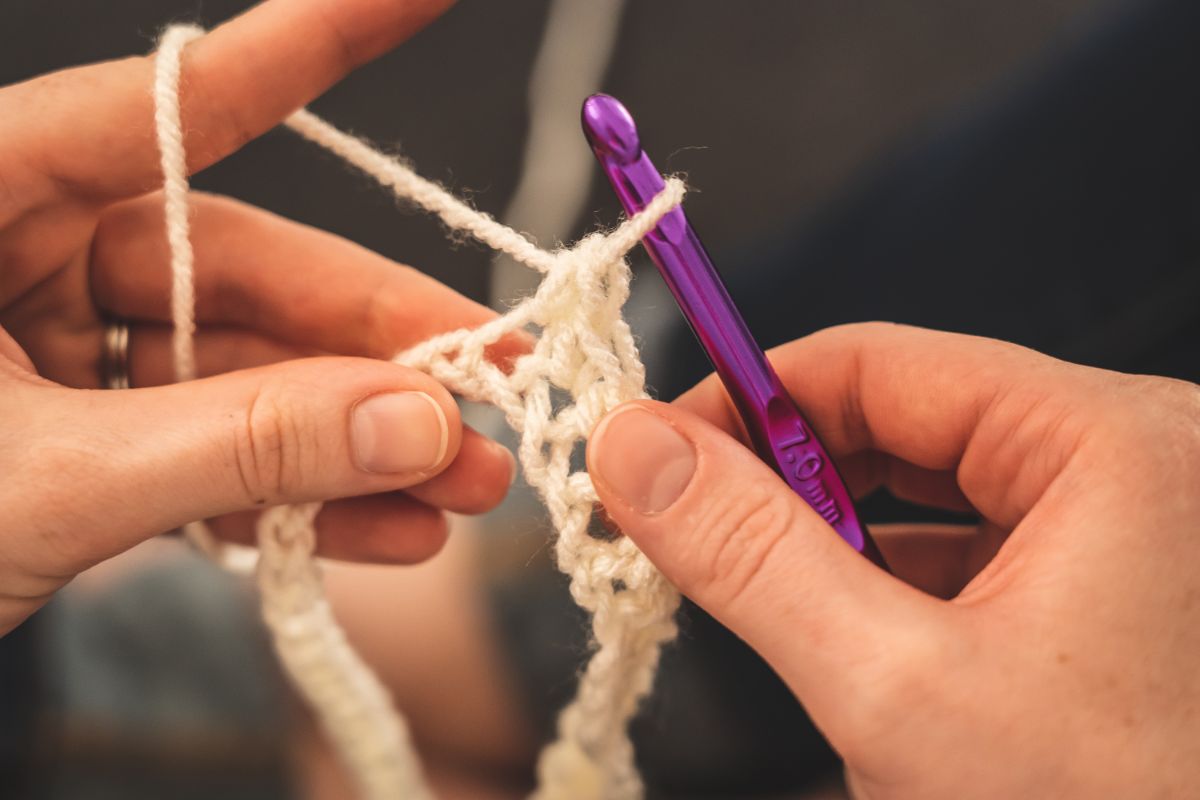
- FPDC: Front Post Double Crochet
- ALT: Alternate pattern.
- ST: Stitch.
- SK ST: Skip Stitch.
- CH: Chain Stitch.
- FL: Front loop.
- DC: Double Crochet.
- Dec: decrease.
- Inc: Increase.
- Rep: repeat.
- PC: Popcorn Stitch.
- SC: Single Crochet.
There are many others, all well worth knowing, but these are some of the most common.
Tools
To skip stitches all you need is what you usually have to crochet. It is very basic, meaning you only need yarn and your crochet hook to complete a skip stitch.
How To Skip Stitches! A Beginners Guide Step-By-Step
We now know all there is to know to get started, so let’s look at how you complete a skip stitch in crochet.
1. Pick Your Placement
The first thing you need to do is decide exactly where you will skip the stitch. Most of the time a pattern will inform you of where you need to skip, however, if you are working on a unique piece then you will need to decide this yourself.
You should skip the stitch in a location where there are dividing sections present allowing the next step in our guide to occur.
2. Make Corresponding Chains
Now that you have chosen your placement for the skip stitch, you need to work on the rows above the area where you will skip.
You should ensure there is an equal amount of stitches in place so that the new section will be the same length as the other.
3. Continue The Pattern
Once this is done you only need to connect the two pieces together with yarn patterns. A majority of patterns will call for chains to connect these two pieces.
As you do this, ensure that you leave space for the skip stitch to occur.
This is all there is to skip stitching in crochet, it is actually very easy, even though it may seem complex on a surface level.
Top Tips
- Be aware that it is not always clear in the instructions for a pattern whether there should be a skip. This is why it is important that you check over patterns for parentheses or asterisks where you may check if this is intended.
- If you are not sure if you have done the skip in the right way, work the pattern to see if you achieve the result you intended. Undoing a layer or two of stitching is straightforward and easy enough. Do not be afraid of going back to change it if it is not what you intended.
Overall
Learning how to skip stitches for crochet is not too difficult. Most of the time it is all down to practice and ensuring that you check and read your patterns properly.
When using a pattern, you will typically get good instructions that will help you make the skip.
However, some aspects of skip stitches can be tricky for newbies, especially with all the jargon. Note that if a pattern shows a skip stitch it is intended, never ignore it as it may be there for a buttonhole or texture!
- 8 Unique Ways To Crochet Letters (Monogram Crochet Inspiration!) - January 16, 2023
- Here’s How To Crochet A Flower (Easy Beginner’s Guide) - January 16, 2023
- 10 Impressive Crochet Sunflower Patterns That Are Easy To Make - January 16, 2023

